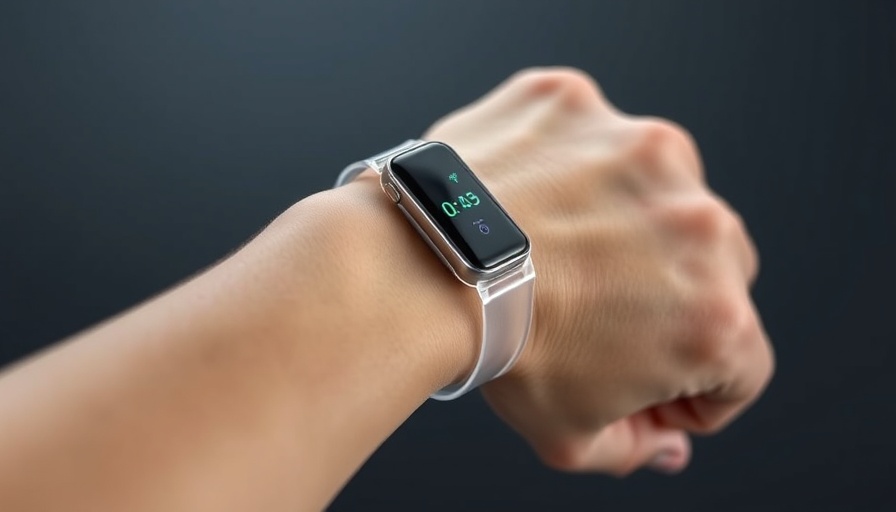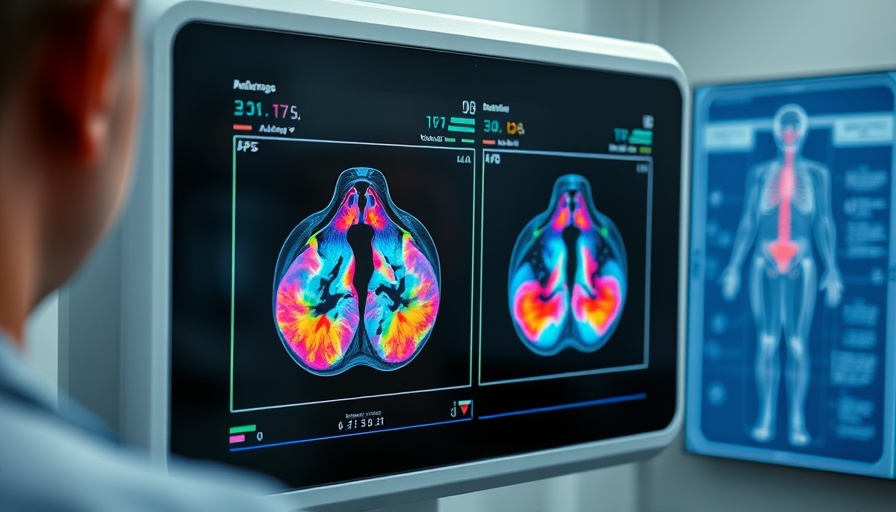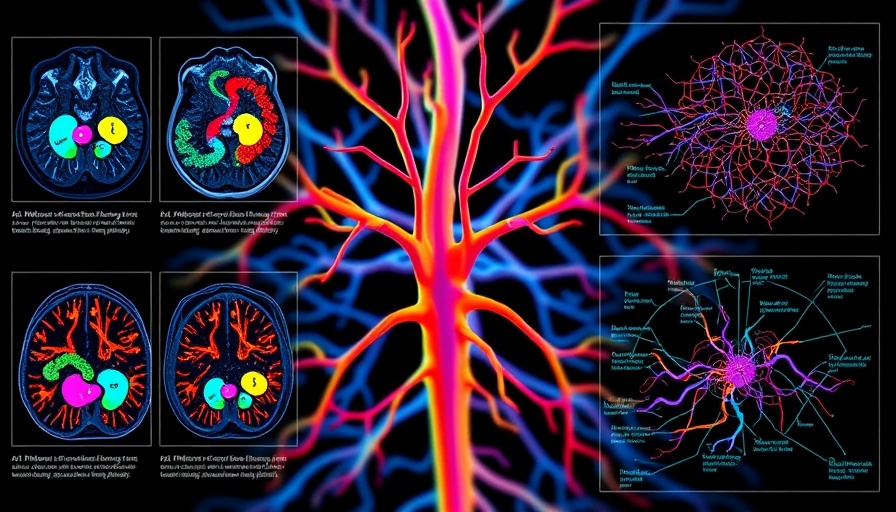
Revolutionizing Patient Monitoring with a New Wristband Sensor
The advent of wearable technology has inevitably transformed healthcare monitoring methods, allowing for real-time data collection and more personalized patient care. Recently, researchers have developed an innovative wristband sensor designed to monitor diabetes and cardiovascular conditions simultaneously. This device is poised to offer a holistic view of patient health by continuously tracking critical indicators, leading to improved patient outcomes and enhanced disease management.
Why This Technology Matters
For concierge health practitioners, integrating cutting-edge medical technology into practice could significantly elevate patient care. The wristband sensor not only provides immediate feedback regarding a patient’s glucose levels and heart rate but also allows healthcare providers to intervene quickly in case of abnormalities. Continuous monitoring encourages patients to take an active role in their health, creating a partnership between them and their physicians.
Highly Effective Features of the Wristband Sensor
The sensor is equipped with advanced biometrics that enable it to measure vital signs like heart rate, heart rhythm, and blood glucose levels with high accuracy. Utilizing machine learning algorithms, it analyzes the data continually, providing a comprehensive and in-depth report that can assist in predicting health incidents before they arise. Such features can empower practitioners to devise tailored treatment plans that cater to individual patient needs.
Comparison with Existing Solutions
Traditional monitoring methods for diabetes and cardiovascular health often require multiple devices, resulting in a fragmented approach to patient care. The wristband sensor addresses this challenge by consolidating the monitoring process into a single device. This shift not only simplifies patient experience but also enhances the quality of data collected, leading to better clinical decisions.
Embracing Wearable Technology: A Must for Modern Medicine
The increasing prevalence of chronic diseases necessitates healthcare approaches that are both effective and efficient. According to a recent report by the CDC, over 34 million Americans are living with diabetes, and cardiovascular disease remains a leading cause of death. For concierge health practitioners, adopting this wristband technology could be pivotal in managing these conditions proactively rather than reactively.
What It Means for Patient Engagement
This wristband not only acts as a monitoring tool but also serves as a catalyst for patient engagement. Patients wearing the sensor will have access to their health data in real-time via a mobile application, promoting better self-management practices. Health practitioners can encourage patients to utilize this data to track progress over time, reinforcing positive habits such as dietary changes or regular exercise.
Facilitating Better Communication in Care Teams
A critical aspect of patient care in concierge practices is the seamless communication between healthcare providers and patients. The wearable sensor fosters this communication by allowing easy data sharing among health teams. Practitioners can collaborate effectively, ensuring every member stays informed about a patient's condition.
Practical Implementation Strategies for Health Practitioners
For concierge health practitioners keen on incorporating the wristband sensor into their practices, the following strategies may prove useful:
- Patient Education: Educate your patients about the benefits of wearing the device and how to interpret the data they receive.
- Integration with Existing Systems: Ensure the data collected from the wearable is compatible with your electronic health records (EHR), allowing for a unified patient profile.
- Review and Adjust: Regularly review the collected data to make timely adjustments to treatment plans as required.
Future Predictions: The Era of Comprehensive Health Monitoring
As technology evolves and wearables become increasingly sophisticated, it’s likely we will see expanded functionalities, potentially encompassing additional biometric measures such as blood pressure and oxygen saturation. The future of patient monitoring holds the promise of more comprehensive and precise health insights, facilitating proactive healthcare strategies that could effectively combat chronic disease issues.
As health practitioners, it is vital to stay abreast of these developments in technology. Embracing wearable devices, like the wristband sensor for diabetes and cardiovascular monitoring, will not only enhance patient engagement and care but also solidify your practice's reputation as a leader in wellness technology.
To find out more about the innovative capabilities of this wristband sensor and how it can help your practice thrive, contact a healthcare technology consultant today.
 Add Row
Add Row  Add
Add 






Write A Comment